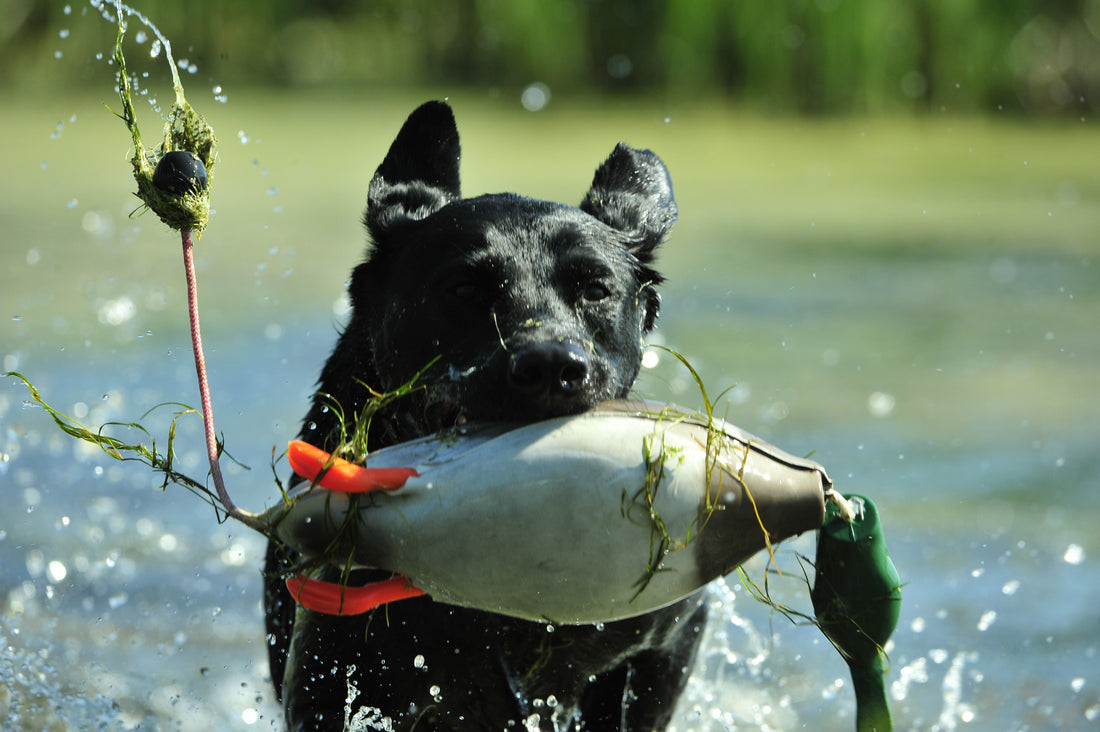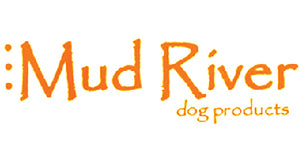Scalding Hot: Burn Wounds
Burn injuries can occur in and around the home or as a result of a natural disaster. While accidents do happen, the prevention of these injuries is better than trying to treat your pet. Make sure you follow fire safety guidelines, your electrical wiring is regularly maintained and you keep any harmful chemicals in the correct storage unit. However, if your pet still receives a burn, it is important you tend to it as soon as you can. Immediate first aid can make a big difference in long-term prognosis for burn injuries. Appropriate first aid treatment and medical care is determined by the cause of the burn. Thermal, chemical, and electrical are the three primary sources contributing to animal burn injuries. This article will address thermal injuries; specifically, high heat or fire related injuries. Extreme heat that results in a thermal burn or smoke/gas inhalation is an emergency. A variety of heat sources that commonly burn pets include fires, space heaters, hot liquids, hair dryers, cooking surfaces, the sun and surfaces heated by the sun, and hot metal parts on vehicles or equipment. Emergency care should be sought if heat-related injury occurs.
First Aid, ‘Heat' burns:
- Safely remove pet from risk of further burn injury or smoke inhalation.
- Muzzle pet to keep from injury to self or others (burn injuries are PAINFUL).
- Cool burns immediately with cool, clean water for 20-30 minutes.
- Do NOT use ice! Ice can cause more damage. Cool, wet cloths can be gently placed on burns to aid cooling large areas and to use during transport.
- Do NOT apply any ointments or creams.
- Do not place any tight bandaging or any material that may shed fibers into the wound.
- Transport IMMEDIATELY to nearby emergency veterinarian for assessment and medical care. Delay of treatment can be detrimental to pet survival.
The surface area affected and the severity of burn will help determine the optimal treatment. When presented for emergency care, the veterinary team will perform triage care to stabilize the injured pet and assess damages. Burn treatment is invasive, lengthy, and painful. A pets' potential quality of life should be considered on a individual basis. Severity of wounds, along with potentially compromised internal organ systems, may make euthanasia the most compassionate option for some pets.
Heat burns range in severity from superficial to full thickness deep tissue damage. Superficial burns may not require veterinary attention; however, burns can be hidden by the hair coat and the full extent of damage may not be apparent to the naked eye. Local tissue damage continues to occur for up to a few hours after the original thermal injury. Any trauma resulting in damage to the skin will impair optimal protection to the internal organs.
A pet that survives the initial heat injury faces the following potential long term complications:
- Life threatening skin and organ infections
- Chronic pain
- Permanent scarring with physical and functional deformities
- Cardiovascular and respiratory compromise
- Organ failure
- Altered metabolism and homeostasis
Irregardless of the cause, burn injuries are a traumatic experience for both pets and their families. Pet owners can do their part to prevent heat burns by pet-proofing the home and limiting a pet's access to fires, heated engines and tools, and by keeping pets out of the kitchen. If a pet does become thermally injured, appropriate first aid measures can protect your pet from further injury. Thermal injuries from extreme cold will be addressed in Part II: Burn Wounds, Freezing Cold.
### Amanda Burow, D.V.M. (Dr. B), is a graduate of Iowa State University's College of Veterinary Medicine. Dr. Burow's patient list includes hunting dogs of all varieties, as well as several field trial dogs and full time sporting guide dogs. In addition to practicing general veterinary medicine, she has special interest in the areas of preventive care, emergency medicine, and dermatology. In her spare time, she enjoys being outdoors and on the lake, staying active, reading, and spending time with family and friends. Mud River is proud to share these tips from Dr. B with our customers. Keep in mind it is best to work with your local veterinarian to determine the needs for your animals.







